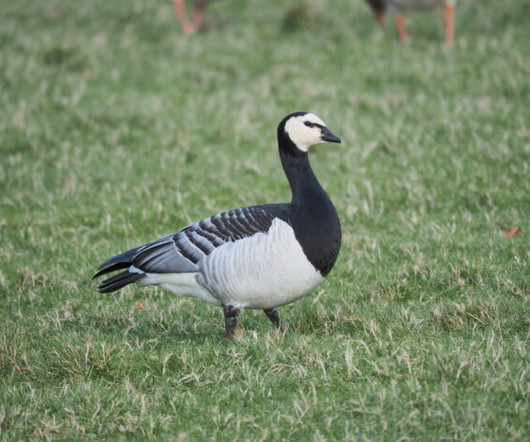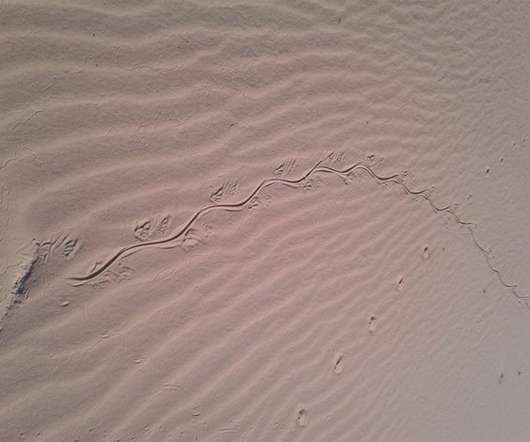Don’t Ignore the Barnacles – they’re Real Birds
10,000 Birds
FEBRUARY 9, 2024
However, though there have been records of feral Barnacle Geese nesting in Suffolk for many years, the number of pairs remain small, and certainly not sufficient to account for flocks of the size now seen every winter. A pair did lay infertile eggs in Iceland in 2018, but that’s about the only record I can find).












Let's personalize your content